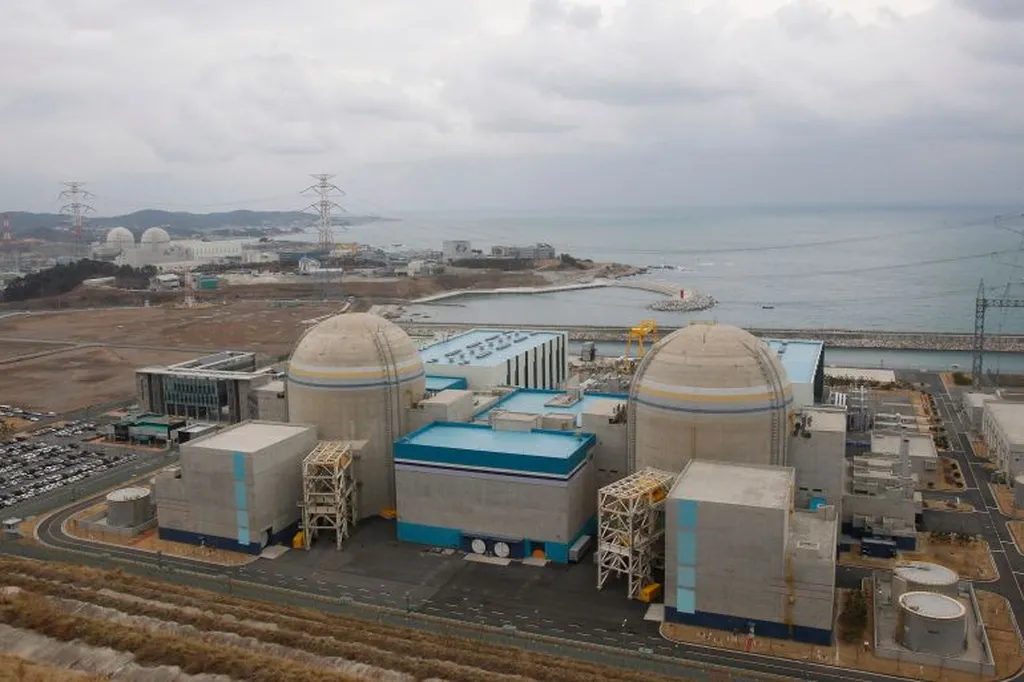South Korea’s nuclear sector is undergoing a remarkable resurgence, driven by a trifecta of factors: reduced maintenance costs, advanced reactor designs, and a strategic retreat from coal. This shift is not merely a domestic energy transition but a geopolitical and economic pivot with far-reaching implications for regional energy markets and global investment strategies.
The country’s nuclear reactors now boast an average capacity factor of 96.5%, placing South Korea among the global elite in nuclear efficiency. This achievement is underpinned by advanced reactor designs like the APR-1400 and meticulous maintenance protocols. The government’s 10th Electricity Plan (2022–2036) aims to increase nuclear’s share of electricity generation to 34.6% by 2036, a target supported by the construction of six new reactors and the extension of existing reactor lifespans. The extension of Kori 2’s license, expected in 2025, exemplifies the administration’s focus on maximizing the value of aging infrastructure.
Reduced maintenance costs and extended reactor lifespans are critical to this strategy. Companies like Korea Hydro & Nuclear Power (KHNP) are leveraging digital tools for predictive maintenance, minimizing unplanned outages. This operational reliability reduces the need for coal-fired plants, which historically provided backup power during nuclear outages. As coal’s role diminishes, South Korea’s carbon emissions trajectory aligns with its net-zero goals, creating a vacuum for renewables to fill.
Coal currently accounts for 60% of South Korea’s electricity generation, but its dominance is waning. The government’s push for renewables—targeting 40% of the energy mix by 2035—has accelerated solar and wind development. Solar energy, in particular, has seen a 27% drop in utility-scale LCOE since 2024, driven by domestic manufacturing and large-scale projects. Offshore wind, supported by port infrastructure investments, is also gaining momentum. However, renewable growth faces hurdles. Transmission bottlenecks and land acquisition challenges slow project timelines, while Kepco’s monopoly over the grid stifles competition. The recent Power Grid Special Act aims to address these issues by expanding transmission capacity, but progress remains uneven.
The integration of renewables and nuclear power hinges on modernizing South Korea’s grid. KEPCO’s digital twin system, which forecasts grid congestion in real time, and the West Coast Energy Highway project highlight the sector’s potential. These initiatives not only reduce curtailment risks but also create demand for smart grid technologies and energy storage. Investors should also consider the role of battery storage. Government tenders for 540 MW/3,240 MWh of grid-scale storage are catalyzing virtual power plant programs, with companies like Samsung and LG leading the charge. The K-RE100 initiative, which commits major corporations to 100% renewable energy, further underscores the growing demand for flexible grid solutions.
For investors, the interplay between nuclear efficiency, coal decline, and renewable growth presents a compelling case for strategic positioning in South Korea’s evolving energy ecosystem. Nuclear technology and engineering firms, grid infrastructure providers, renewable energy developers, and companies in energy storage and hydrogen are well-positioned to benefit from these trends. However, political volatility and supply chain risks remain considerations.
This energy transition is not just about replacing one energy source with another; it’s about reimagining the entire energy ecosystem. South Korea’s nuclear renaissance is a linchpin in its transition to a low-carbon future. By reducing maintenance costs and extending reactor lifetimes, the country is not only securing energy independence but also creating a fertile ground for renewables and grid innovation. For investors, the key lies in balancing exposure to nuclear and renewable sectors while capitalizing on the infrastructure upgrades needed to integrate these energy sources. As the energy mix evolves, South Korea’s strategic investments in technology and policy will likely yield long-term gains for forward-thinking investors. The implications for markets are profound, signaling a shift in global energy dynamics and investment opportunities.

